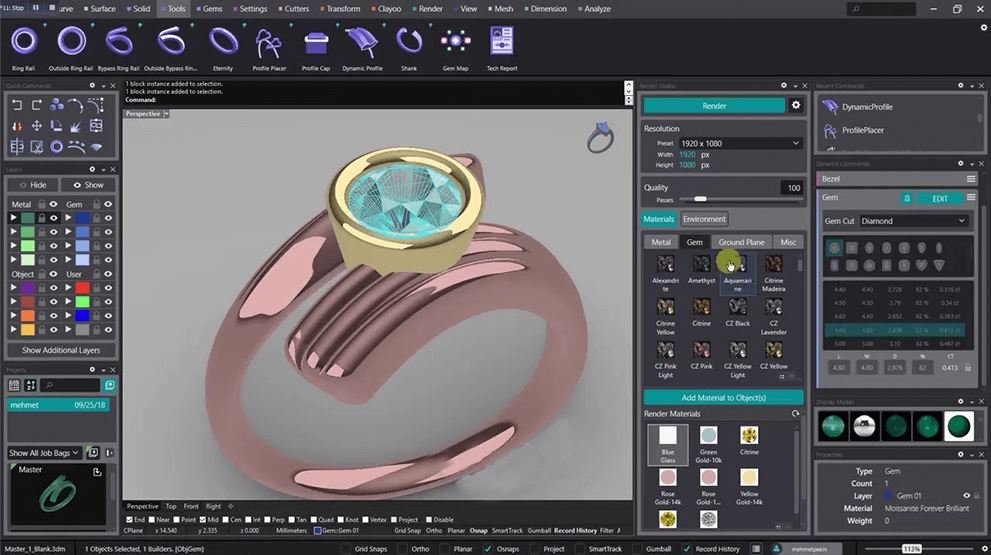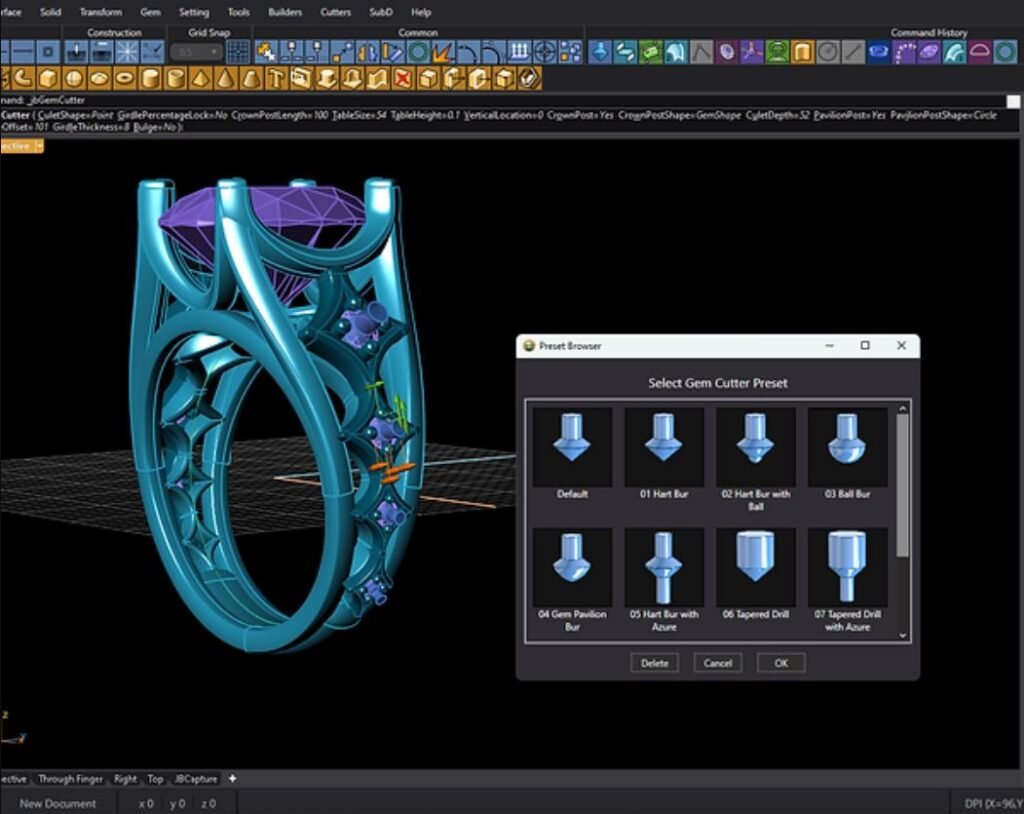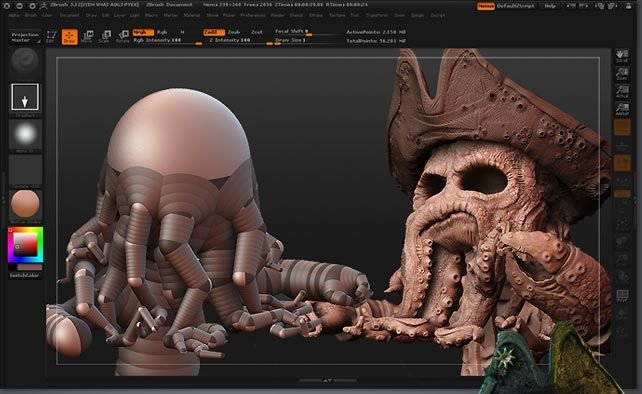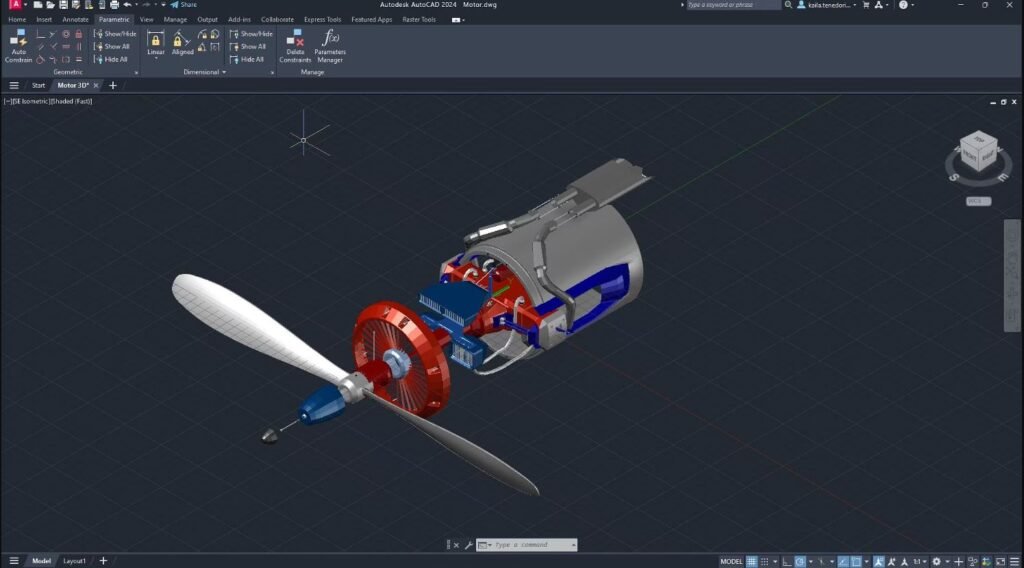Articles
Why 3D Print With Wax
Back in time, metalworkers used cuttlefish bones for casting, scraping out models in the middle of two half-bones. After creating a channel to the central shape, the bones would be joined together and liquid metal was poured into the channel. Once cool, the bones would be opened to reveal the metal casting. Another ancient technique was to carve beeswax by hand and encase it with clay ensuring that there was an empty channel leading to the wax. The clay was then baked such that the wax would melt and run out of the channel. Molten metal would be poured into the channel and left to cool. The clay would then be broken off to reveal the cast metal object.
These days, the process is called investment casting or lost wax casting. Instead of beeswax, specialist carving wax or 3d printing wax is used and clay and cuttlefish bones have been replaced by investment powder, a mix of gypsum and silica. Molten metal is no longer poured in, but instead the wax models are rotated at high speed in a centrifuge and the metal is injected. The newest technology is vacuum casting where the air is sucked out of the investment powder casing and the metal is sucked in.
Whilst injection-moulding is the preferred production route when producing hundreds of thousands of metal components, lost wax casting is the industry-standard for casting low numbers or for prototyping. If a small production run is required, then a hot mould can be made from an initial metal casting or a cold mould can be made from a plastic 3d print. Cold moulds are more expensive than hot moulds, but the cost of the metal casting needed for a hot mould would need to be taken into account when assessing overall costs.

3D Design Software
There are a number of 3d design software packages on the market. Only one of the packages below is free to use and most are very expensive. Here is a list of some of the main programs:
1. Blender
Blender is free, open source software. Not only can you design and render in 3d but it also has the capability to produce animations and edit videos.
There is plenty of support on hand, with a manual and support sites in various languages listed under their ‘community’ link at the bottom of their page or ‘support’ link at the top.
The software has the ability to install add-ons either created by Blender developers or created by other Blender users available with instructions given in the manual. https://www.blender.org/

2. 3Design
3Design is another specialist jewellery design software. Unlike JewelBeetle or Matrix, it is not based on Rhino. Rather than building surfaces, it works by saving all the parameters of your model design as steps in a process.
This makes it straightforward to modify without having to start from scratch, as if you go back and change an earlier step, it will then automatically alter all the later steps. It has a good selection of tools including gemstone designs, ring builders and setting builders.
Use the ‘Contact Us’ button on their website to enquire about pricing. https://3design.com/en/

3. Rhino 3D
One of the most used 3D CAD software, it is perfect for beginners, cad professionals and architectural designers. With lots of plugins available, such as parametric modelling tool Grasshopper, Rhino 7 is one of the best on the market.
This software works in conjunction with many prototyping, illustration and prototyping programs.
You can create anything with this software from a simple sketch to even a large boat or a building. The cost of this software is around £800. https://www.rhino3d.com

4. Matrixgold
A jewellery-related parametric plug-in for Rhino 3D with its own interface.
This software is made exclusively for jewellers. The software makes creating jewellery very easy.
Lots of tools are available within the software including a powerful photorealistic rendering tool. As of September 2023, Matrixgold costs $5,995 for new users and $2,995 to upgrade an earlier license.
You will need to buy or own 3d Rhino 7 to run the software. https://www.gemvision.com/matrixgold

5. JewelBeetle
JewelBeetle is specialist design software for jewellery. As at the end of September 2023, it is still at the testing stage but is supposed to have a similar feel to older versions of Matrix with plenty of tools and builders to assist the design process. As all Matrix versions do, it runs Rhino software in the background. The pricing is still to be firmed up, but is estimated at $4,995 for a single license and $5,490 for a single license including Rhino 7. There are discounts of 10-15% for multiple licenses.
Their website includes a community forum which can be useful for asking for tips and advice from other users. The Matrix forum was extremely useful until they took it down because they wanted to sell training instead of users gaining it for free. JewelBeetle runs on Windows 10 and 11, but mac is not supported. https://www.jewelbeetle3d.com

6. Z-Brush
Z-Brush is freeform software ideal for use in sculpting figures either for production in 3d or for creating characters for industries such as gaming. It has a wide range of tools and features including textures, alphas, brushes and basrelief. Z-Brush has recently been purchased by Maxon and prices have gone up as a result.
A perpetual license of Z-Brush for a single user costs just over £800 per year and does not entitle you to any future upgrades to the software. Alternatively, you can pay £26.90 per month or a total of £322.80 per year.
If you want all the programs in the Maxon Suite – Cinema 4D, Forger, Red Giant, Redshift, Universe and ZBrush – it will cost you £99.89 per month. Prices as at September 2023. https://www.maxon.net/en/zbrush

7. AutoCAD
AutoCAD is a program favoured by architects, engineers and construction professionals. It allows you to design and annotate 2D and 3D models with solids, surfaces and mesh objects. It is possible to automate some tasks, for example comparing drawings, replacing blocks, counting objects and creating schedules. The user has the ability to create a customised workspace to maximise productivity with add-ons and API. As at September 2023, a subscription costs £264 per month, £1,689 for a year and £5,065 for three years.
They also have a daily rate for which you have to purchase tokens to spend under their Flex policy. AutoCAD costs 7 tokens per day and you have to buy tokens in bundles of 100 for £294 or 500 for £1,470. https://www.autodesk.co.uk/

